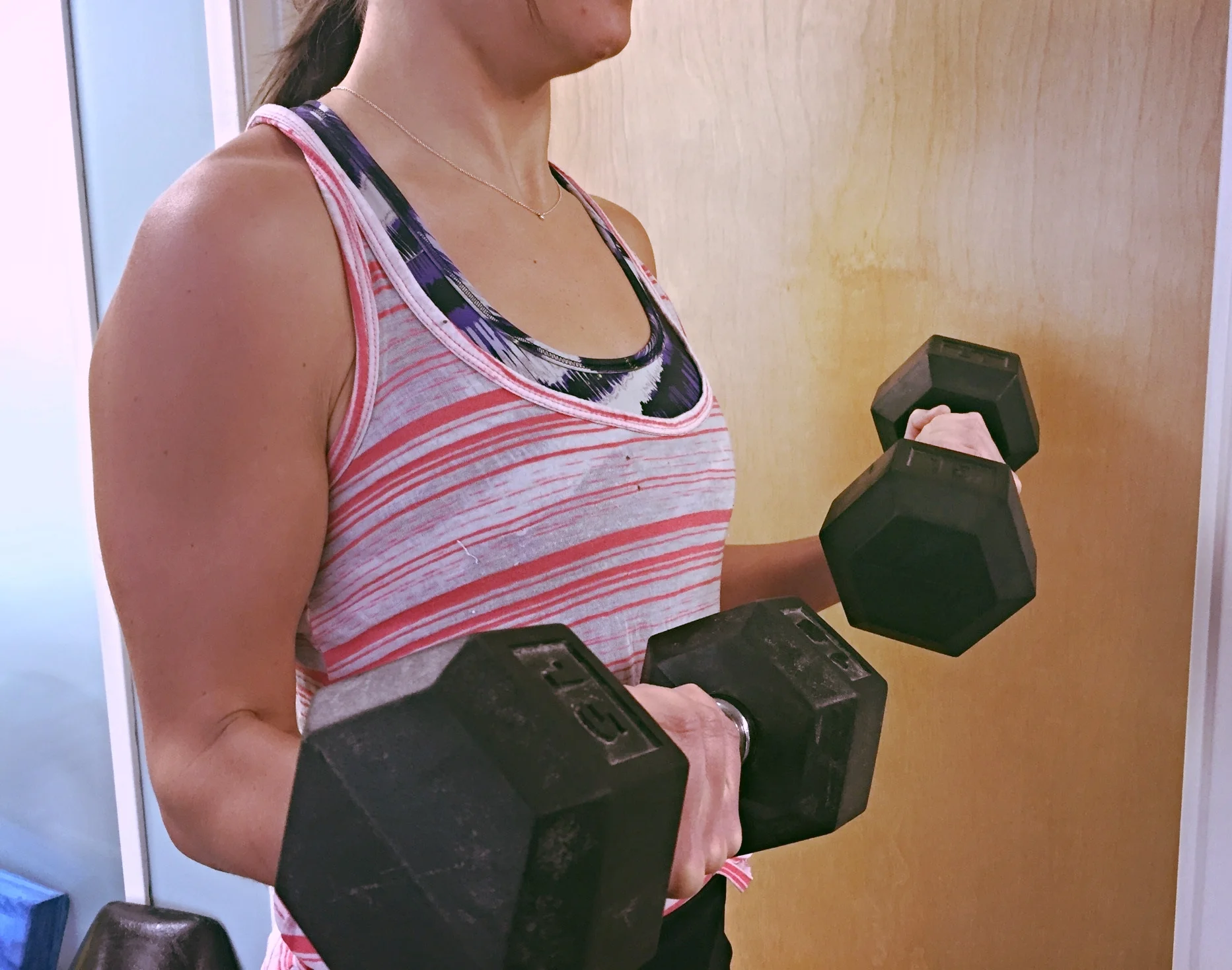Author: Brooke Carmen, PT, DPT: Doctor of Physical Therapy and Blog Contributor. Loves fun informational gems. Fitness addict and wannabe foodie. Emphasizes patient-specific treatment style and promotes goal-oriented care. Learn more about Brooke on here.
Our muscles are specifically structured to move “lever arms” in our body. They are under control of the cerebral cortex of our brain and work closely with motor neurons to activate. Each muscle is an organ, made of various tissues supplied by nerves and blood vessels. There are over 430 muscles in our body! [1]
A muscle has two main attachments: an origin and an insertion. They attach to our bones through tendons. Not to be confused with ligaments which attach bone to bone. Each muscle is made of microscopic muscle fibers which are about the same diameter as a human hair. [1]
When you contract a muscle, a signal is sent through a motor neuron which innervates muscle fibers through something called the neuromuscular junction. When a signal is sent down a nerve, it goes through a motor unit (a motor neuron and its associated muscle fibers) to contract the muscle.
Generally, when we say “contraction” we are referring to the “sliding-filament theory.” When you go deeper into the muscle fiber, you find the sarcoplasm made of myofibrils (1/100 the diameter of human hair) [1]. Inside the myofibril are actin and myosin which you may have heard of before. It is at this level that cross bridges are formed between actin and myosin. The number of cross bridges determines the amount of force which is produced from the muscle. The “sliding-filament theory” describes the cross bridging of these two myofilaments, actin and myosin. Calcium and a molecule called ATP are necessary for this to occur. [1]
Now you are probably understanding why I said a muscle contraction is more complicated than you thought. It is an extremely interesting process, though, and this just is an introduction to various processes that go on inside our body when we contract muscles. I mentioned that calcium and ATP are needed to contract the muscle, right? Well those two things are influenced by many other processes, all of which like to what we do and eat during our day.
SOURCE:
1. Baechle, Thomas R., and Roger W. Earle. Essentials of Strength Training and Conditioning. 3rd ed. Champaign: Human Kinetics, 2000. Print.


